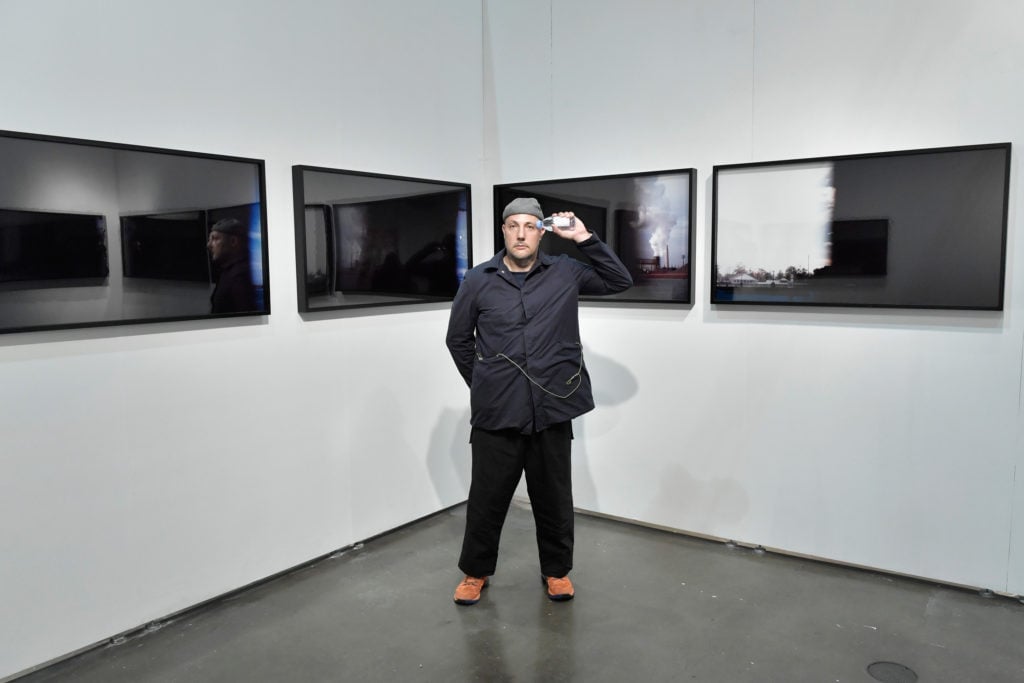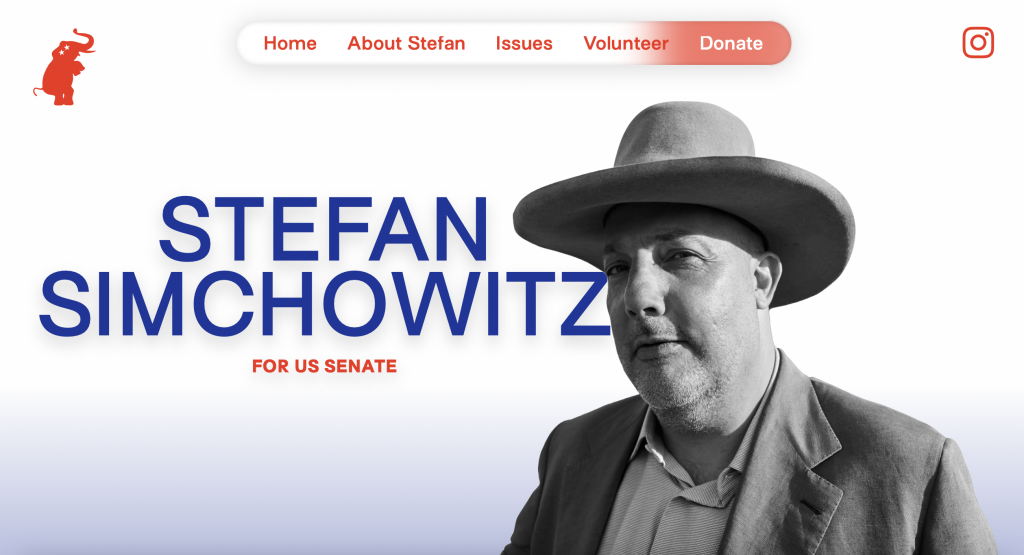Law & Politics
Art Dealer Stefan Simchowitz Scores 0.24 Percent of Votes in U.S. Senate Bid
It was not a performance, he insisted, but an honest-to-goodness candidacy.

With 48 percent of votes counted, California art dealer Stefan Simchowitz’s race for the U.S. Senate seat formerly occupied by the late Democratic Senator Dianne Feinstein appears to be tanking. According to results reported in the New York Times, Simchowitz, who entered the race as a Republican, has won 0.24 percent of votes, or 8,865 votes to rank 21st out of 27 candidates.
Simchowitz was one of 10 Republicans to vie for the seat along with 11 Democrats, four Independents, a Libertarian and one “other.”
“I’m not making an artistic statement,” Simchowitz told Artnet News in January. “I’m making a statement and the statement is that this country is in deep trouble and we need every person to make it better… No, this is not a joke, this is not some stupid art performance. This is a real thing.”
He did, however, say that artists’ penchant for finding “unusual solutions with limited resources” would be part of his approach.

The landing page of Stefan Simchowitz’s candidacy website.
Despite the results, Simchowitz apparently has no regrets.
“It’s an amazing process to go through,” he said in a phone conversation. “15 years ago I became a U.S. citizen. If you are an immigrant and you go through this experience, the majority of the people in the room are crying. Becoming an American is a complex journey. I love America. California is my home.”
He got very good results for the money, he said. The campaign cost about $8,500, and if he does as well with the second half of the counting, he will have spent about 40 cents per vote. Adam Schiff spent over $36 million, Simchowitz pointed out, and has gotten about 1.5 million votes, a much lower rate of return.
So, what’s next? He’s thinking of a new venture that would bring together politics and entertainment. The idea emerged from his experience pitching his candidacy at a Republican party committee event and seeing other candidates at all levels give their own pitches.
“I’m thinking about starting a TV show,” he said. “I came home and my son was watching Shark Tank. It occurred to me, campaigning in places like a sports bar in Santa Monica, not the glamorous campaigning in a limousine in Beverly Hills, that there are so many interesting people who run for office. It would be a Shark Tank approach to American politics. Get some entertaining judges, like [Anthony] Scaramucci, who would then give money to politicians running for office. I would structure it like a PAC. People could donate and get their money to finance politicians, to market them on a national stage.”
Simchowitz joins in a tradition of unconventional candidates for public office, including musicians from Sonny Bono (who successfully ran for U.S. Representative for California’s 44th District) to Kid Rock (not so much), actors from Ronald Reagan (two terms as the 40th President of the United States) to Matthew McConaughey (withdrew his bid for Governor of Texas). Performance artists have also thrown their hat in the ring and sometimes won: Vermin Supreme has run in various local, state, and national elections (promising a pony for every American but somehow losing every time), and Kristina Wong is a for-real elected representative of Wilshire Center Koreatown Sub-district 5 Neighborhood Council in Los Angeles.
Leading the race are longtime Senator Democrat Adam Schiff with 33.17 percent of the vote and Republican Steve Garvey, a former Major League Baseball All-Star, with 32.45 percent. The seat became vacant when Feinstein died aged 90 in September.
The two candidates scoring the most votes, regardless of party affiliation, advance to the general election in what is colorfully termed a “jungle primary.”





